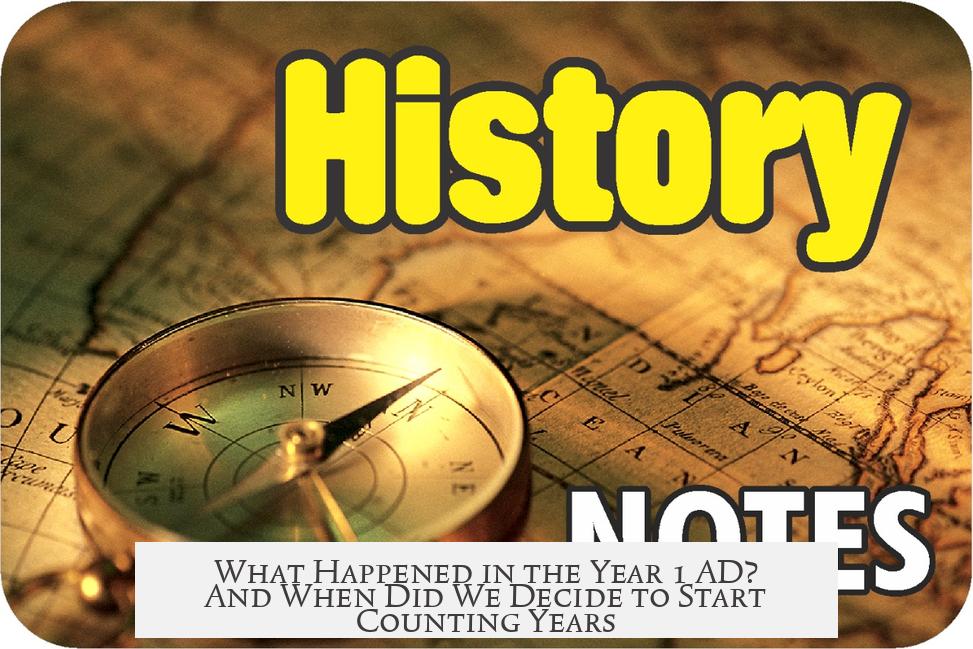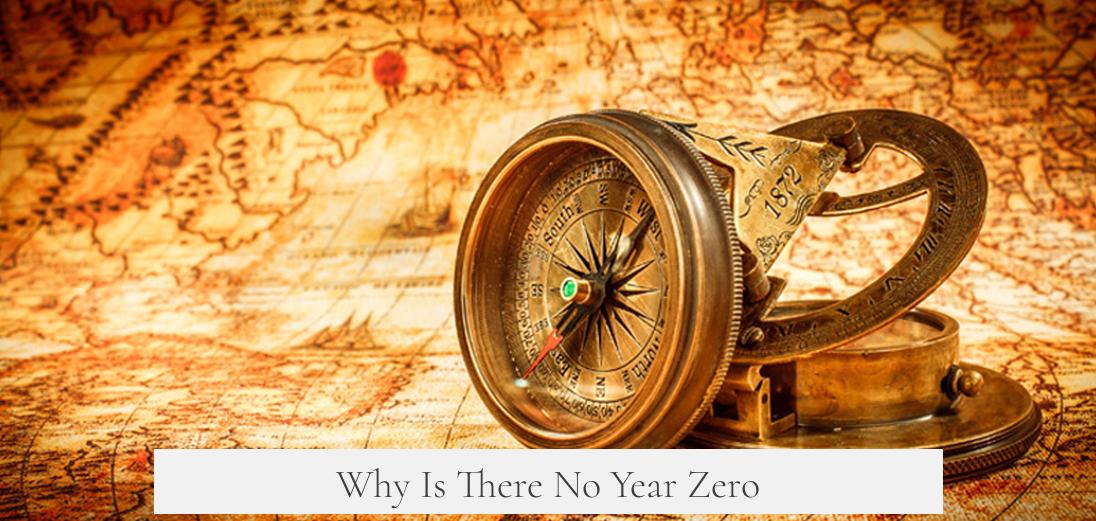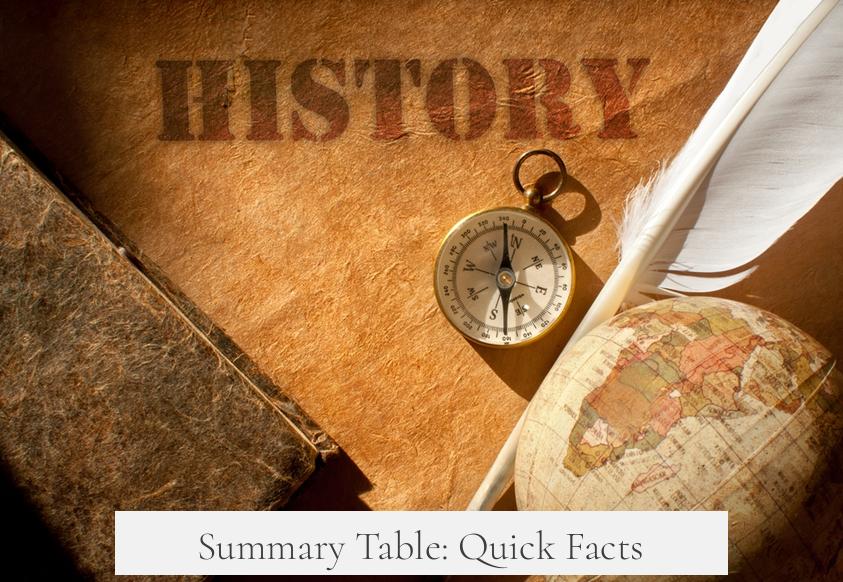The year 1 AD marks the starting point of the calendar system introduced by Dionysius Exiguus, a 6th-century Roman monk. He chose it to represent the birth of Jesus Christ, his spiritual king. This was part of his effort to replace previous calendars that referenced pagan rulers, especially Emperor Diocletian, known for persecuting Christians.
Before 1 AD, the Roman world used various calendar systems. One popular method was naming years after annual consuls. Sometimes years were counted from the founding of Rome (Ab Urbe Condita), traditionally dated to 753 BC. Another approach counted years from Emperor Diocletian’s reign, but Dionysius rejected that starting point for its pagan association.
Choosing Jesus’ birth as a starting point was both symbolic and religious. Dionysius aimed to create a Christian calendar with a better method of calculating Easter and a clear starting reference. His calendar was based on the existing Julian calendar, with 12 months starting roughly on January 1, though the exact birth date is not specified by Dionysius.
The dating of Jesus’ birth is uncertain and contradictory. The Gospels provide conflicting information:
- Matthew 2:1 associates Jesus’ birth with King Herod’s reign, who died in 4 BC.
- Luke 2:1-2 links it to a census by Caesar Augustus during Quirinius’s governorship, around AD 6–7.
- Luke 3:1-2 and 3:23 mention Jesus being baptized around AD 28–29 at about thirty years old.
These discrepancies create uncertainty about the exact year. Scholars today suggest Jesus may have been born anywhere from 4 BC to AD 7. Dionysius likely made an educated guess or compromise, possibly influenced by astrology or incomplete data. The idea that he simply “picked” 1 AD without information is debated but cannot be confirmed.
The calendar skips a year zero. This is because it follows the tradition of regnal calendars, which count years starting at one for the ruler’s first year. Zero was a concept known but rare in Europe until centuries later. Thus, years transition directly from 1 BC to AD 1 without a zero year in between.
Dionysius’ system took centuries to become widespread. Early medieval Europe still used varied dating systems. Figures like the Northumbrian monk Bede, who died in 735, helped popularize the Anno Domini system. However, widespread adoption in Catholic Europe occurred mostly in the Middle Ages or even the 16th and 17th centuries. Local regnal calendars and other systems persisted in many areas for a long time.
| Aspect | Details |
|---|---|
| Calendar Founder | Dionysius Exiguus, 6th century |
| Reason for Start | Birth of Jesus Christ as spiritual king |
| Year Zero | None; calendar counts years from 1 |
| Prior Systems | Consular dating, Ab Urbe Condita, Diocletian regnal years |
| Dating of Jesus’ Birth | Uncertain; estimates between 4 BC and AD 7 |
| Adoption Timeline | Popularized 8th–11th centuries; dominant by 16th-17th centuries |
- Dionysius created the 1 AD starting point for counting years, linked to Jesus’ birth.
- Conflicting ancient sources make the exact birth year of Jesus unclear.
- No year zero exists; calendar counts sequentially from 1 AD onward.
- Adoption of this dating system took many centuries to become standard in Europe.
What Happened in the Year 1 AD? And When Did We Decide to Start Counting Years?

The year 1 AD marks the point from which the modern calendar system begins, chosen by a monk named Dionysius Exiguus to represent the birth of Jesus Christ, although the exact date of Jesus’ birth remains uncertain and debated. This simple statement packs a complex story involving astrology, politics, religion, and the evolution of timekeeping itself. Curious how this all unfolded? Let’s dive in.
The Birth of Our Calendar System
Before 1 AD, there was no universal way to count years like we do now. Roman society, for example, used a messy patchwork of calendar systems. One common method named years after the two consuls in power. Imagine telling someone, “This happened in the Year of Consuls A and B.” Not very handy for history buffs.
Later, they tried counting from the founding of Rome, known as Ab Urbe Condita (AUC), supposedly in 753 BC. Others used the rule of emperors—such as the reign of Diocletian, known for brutal Christian persecution—as a time marker. Not exactly a cheerful system for Christians.
Enter Dionysius Exiguus, a Roman monk living around 470-544 AD, originally from an area near modern Bulgaria. He thought, “Enough of pagan emperors marking time!” His mission was to create a better way to calculate Easter and start a new calendar anchored in something meaningful—Jesus Christ’s birth.
Dionysius boldly declared that the year of Jesus’ birth would be the first year of the new calendar. And so, Anno Domini (Latin for “in the year of the Lord”) was born, starting at 1 AD. Conveniently, he decided to keep the Julian calendar’s structure—12 months beginning in January, even though Jesus’ exact birth date was a mystery.
The Great Mystery: When Was Jesus Actually Born?
Here’s the kicker: the Bible itself can’t agree on when Jesus was born, which makes Dionysius’ job tricky.
- Matthew 2:1 says Jesus was born during King Herod’s reign. Herod died in 4 BC. Oh, the confusion!
- Luke 2:1-2 places Jesus’ birth at a census during Emperor Augustus’s rule, around AD 6 or 7.
- Luke 3:1-2, 23 says Jesus was baptized at age 30 in AD 28 or 29.
These dates don’t sync up neatly, which complicates historical certainty. Over centuries, some internet skeptics label Dionysius as “dumb” for “getting it wrong.” But scholars realize that the exact birth year likely falls somewhere between 4 BC and AD 7. Picking 1 AD was more of a compromise than a precise timestamp.
Did Dionysius consider astrological events, like planetary line-ups? Maybe. Nobody knows for sure why he picked exactly year 1.
Why Is There No Year Zero?

You might wonder: if our number system includes zero, why does the calendar jump straight from 1 BC to 1 AD?
Simple: zero wasn’t everyday math back then. The Roman world knew of zero but didn’t really use it. In Christian Europe, zero didn’t become popular for centuries—about 500 years later.
More importantly, calendars back then often worked like regnal calendars, which count years of a ruler’s reign starting at year one. You wouldn’t say “the zero-th year of King Henry;” you’d say “the first year.”
Dionysius counted years as the reign of Jesus as king in heaven. It was year one of Jesus’ reign, not year zero. That’s why the system jumps from 1 BC directly to 1 AD.
The Slow March to Calendar Uniformity
Even though Dionysius created this calendar system in the 6th century, it didn’t catch on instantly.
The Northumbrian monk Venerable Bede, who died in 735 AD, played a big role in popularizing it with his historical writings. Later, Pope Nicholas II, who died in 1061 AD, helped cement the system’s adoption.
Despite these efforts, many parts of Europe held onto local regnal calendars for centuries. It wasn’t until the 16th or 17th century, alongside the spread of the Gregorian calendar (which we still use today), that the Anno Domini system became a continental standard.
Practical Tips for Dealing with Historical Dates
If you’re reading historical texts or tracing genealogy, keep in mind that “year 1” might not mean what you think it does. The Anno Domini system became standard only slowly, and before that, dates jump around depending on local customs.
Also, when you see “BC” or “BCE” dates close to year zero, remember there’s no actual year zero. For example, 1 BC is immediately before 1 AD.
So, if you’re a history nerd (or just someone who loves a good timeline), always ask: “Who’s counting, and from where?”
Summary Table: Quick Facts

| Fact | Detail |
|---|---|
| Calendar Creator | Dionysius Exiguus (c. 470-544 AD), a Roman monk |
| Why Start at 1 AD? | To mark the birth of Jesus Christ and replace pagan emperor-based systems |
| Year Zero? | No, because of regnal calendar tradition and low use of zero in Europe at the time |
| When Did Jesus Actually Live? | Uncertain; sources conflict, birth likely between 4 BC and AD 7 |
| Calendar Adoption Timeline | Slow; popularized by Bede (8th century), accepted widely by 16th-17th century |
Final Thoughts: Why Care About 1 AD?
Understanding why year 1 AD exists isn’t just trivia for nerds. It sheds light on how cultures shape time itself—deciding where history begins affects what stories get told and how.
And yes, it reminds us that history isn’t always neat and tidy. Instead, it’s a mosaic pieced together by people with their beliefs, politics, and available knowledge. Dionysius Exiguus’ calendar choice reflects his world and faith, not an unerring historical record of Jesus’ birthday.
Next time you glance at a calendar, give a small nod to that monk from Roman-Bulgarian—and to the odd, winding journey humans took to measure time. Who knew counting years would come with so much history and mystery?




